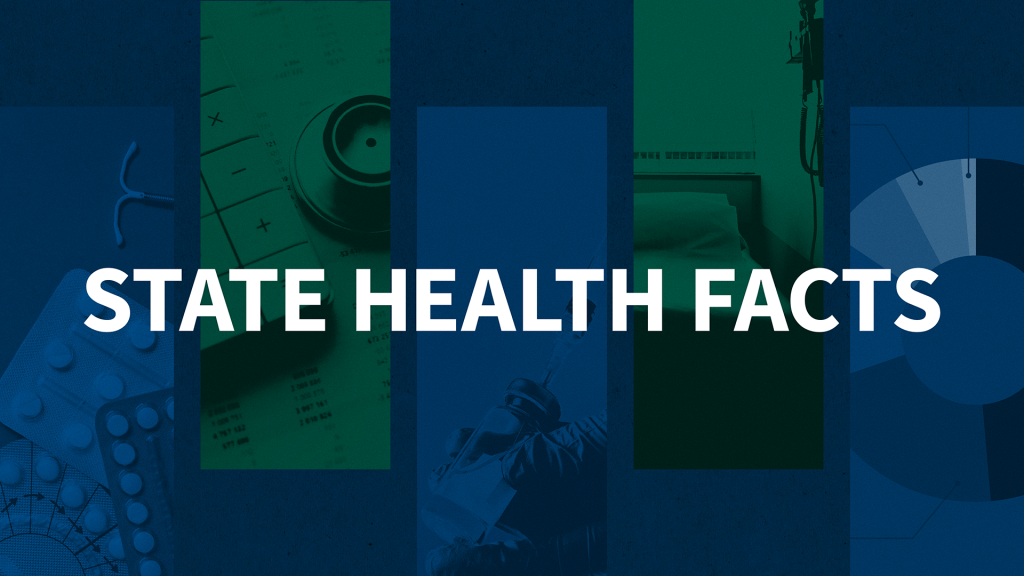How Competitive Are State Health Insurance Markets?
Beginning in 2014, state-based health insurance exchanges will be created to facilitate coverage and choice, with the hope that enhanced competition among insurers will help to moderate premiums for individuals and small groups.
